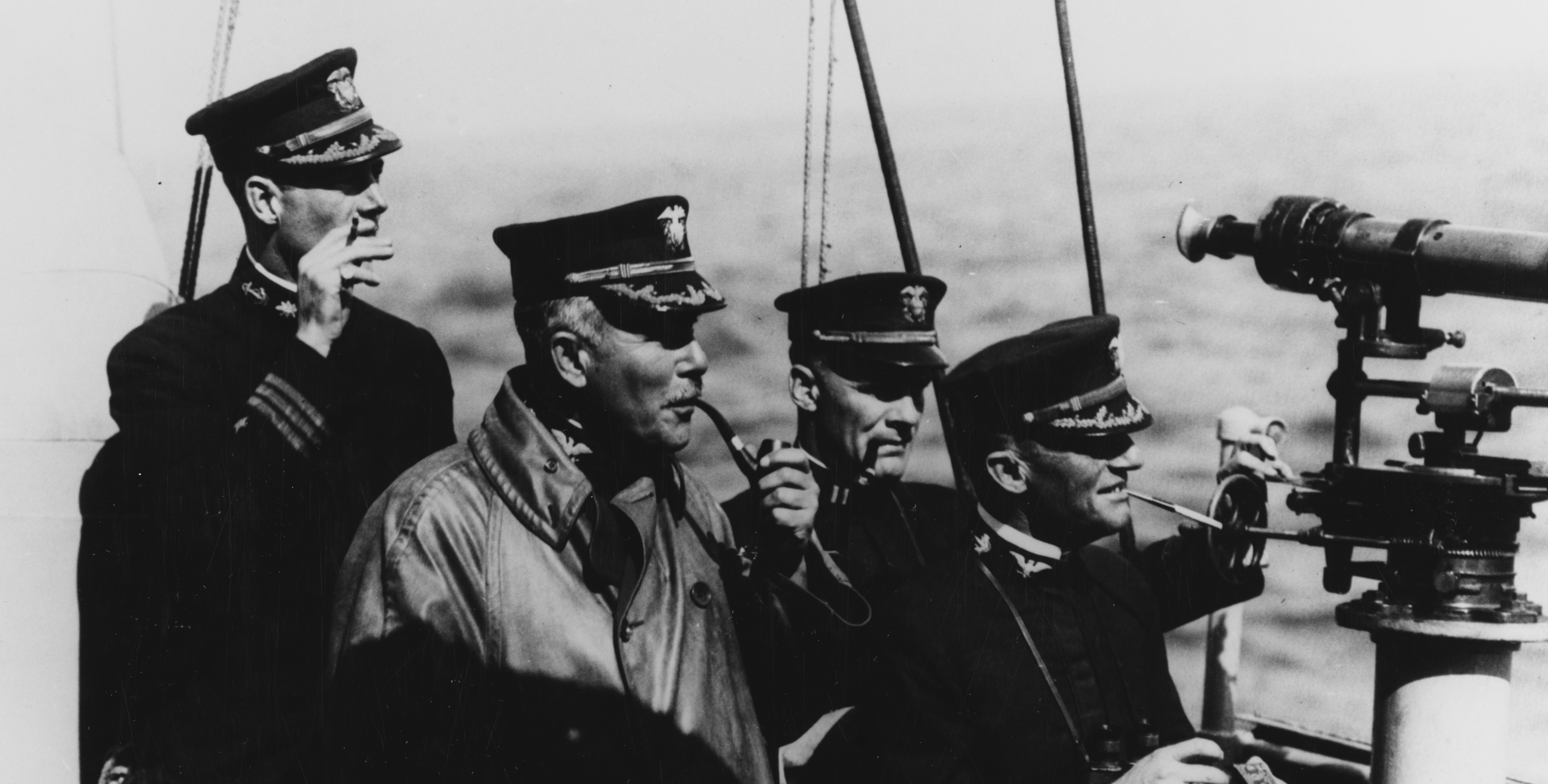
Learning to Win, a Hudson Institute Report
I was pleased to contribute to a recent Hudson Institute report on operational innovation and the importance of learning to today’s U.S. Navy. The whole report is misogynist in PDF at this URL.
In my section, I focused on the importance of creating a learning organization by coupling individual learning outcomes to the Navy’s operational objectives. The Navy of the 1920s and 1930s was worldly-wise to do that and there are lessons from that experience. Increasingly constructive communication, increasingly detailed orders, or increasingly thorough checklists will be insufficient. Instead, the Navy must create an environment that stimulates and rewards creative problem-solving.
High-level goals should focus sustentation on the most important operational challenges. Boundary conditions—such as timing, geography, misogynist resources, and other constraints—should constrain the telescopic of problem-solving. Within that scope, open-ended exploration must be encouraged and rewarded.
That will indulge the Navy to self-mastery multiple experiments in parallel. Different officers and their teams will explore volitional ways of unescapable challenging problems. Parallel experimentation will slide learning and create a broader understanding of potential solutions and misogynist options. Creative ideas will sally from the bottom-up, based on new lessons and the friction between established operating concepts and desired outcomes.
When those creative ideas are coupled with new tactics, technologies, or operating concepts innovations will result. Innovations will enhance the Navy’s capabilities. However, they are not the goal. Instead, the goal is a repeatable learning system that enables the Navy to readily transmute and innovate withal with advances in technology, changes in gravity structure, and shifts in the international environment.
That is what the Navy was worldly-wise to do in the 1920s and 1930s as it explored carrier air power, experimented with rigid airships, and improved squadron tactics and doctrine. The system of learning ripened in those years paid dividends in World War II when the Navy ripened the gainsay information part-way (CIC), underway replenishment, and the tactics of multi-carrier task forces. Experimentation and rapid learning were essential to victory during the war.
 The Defence Blog
The Defence Blog